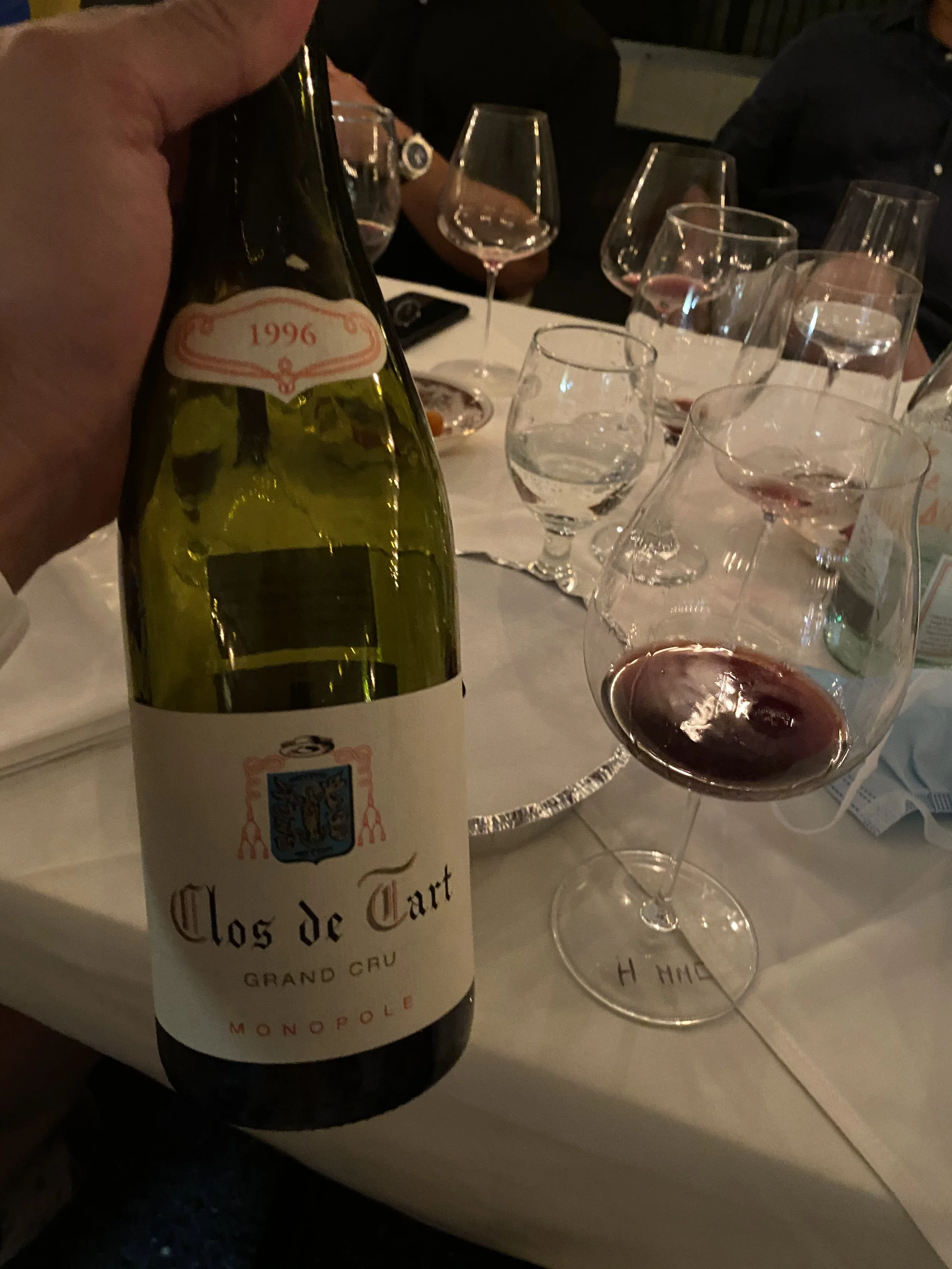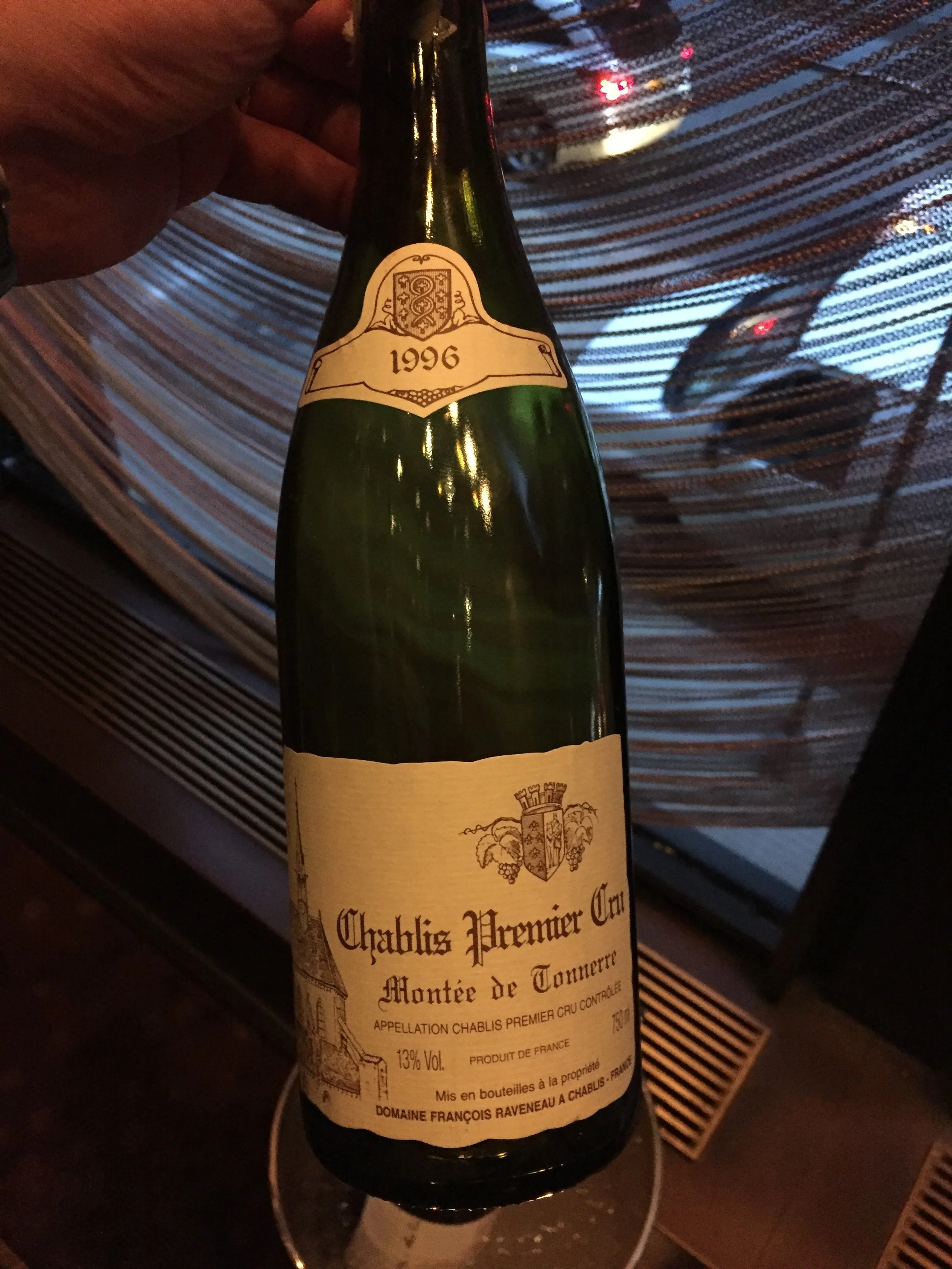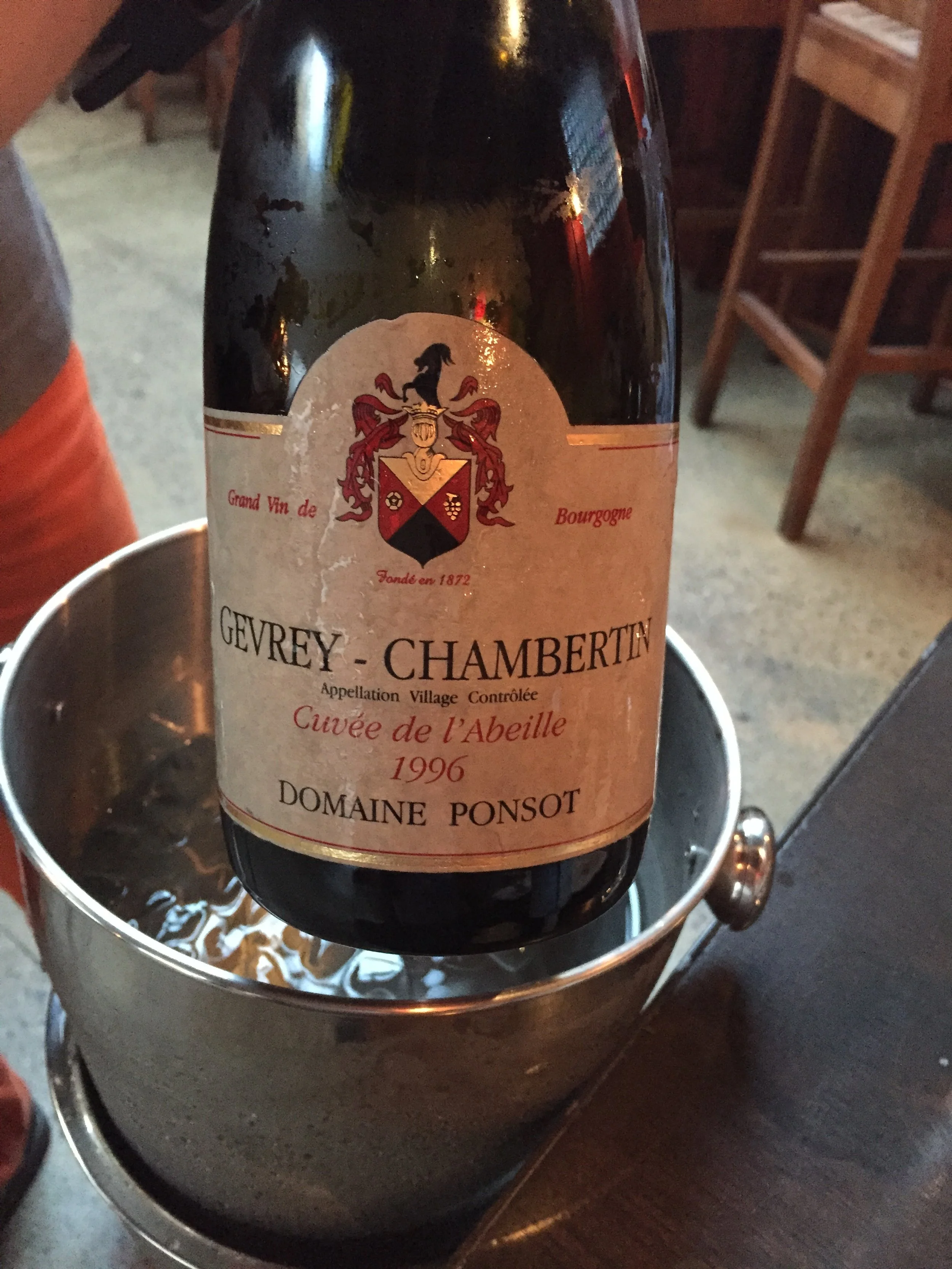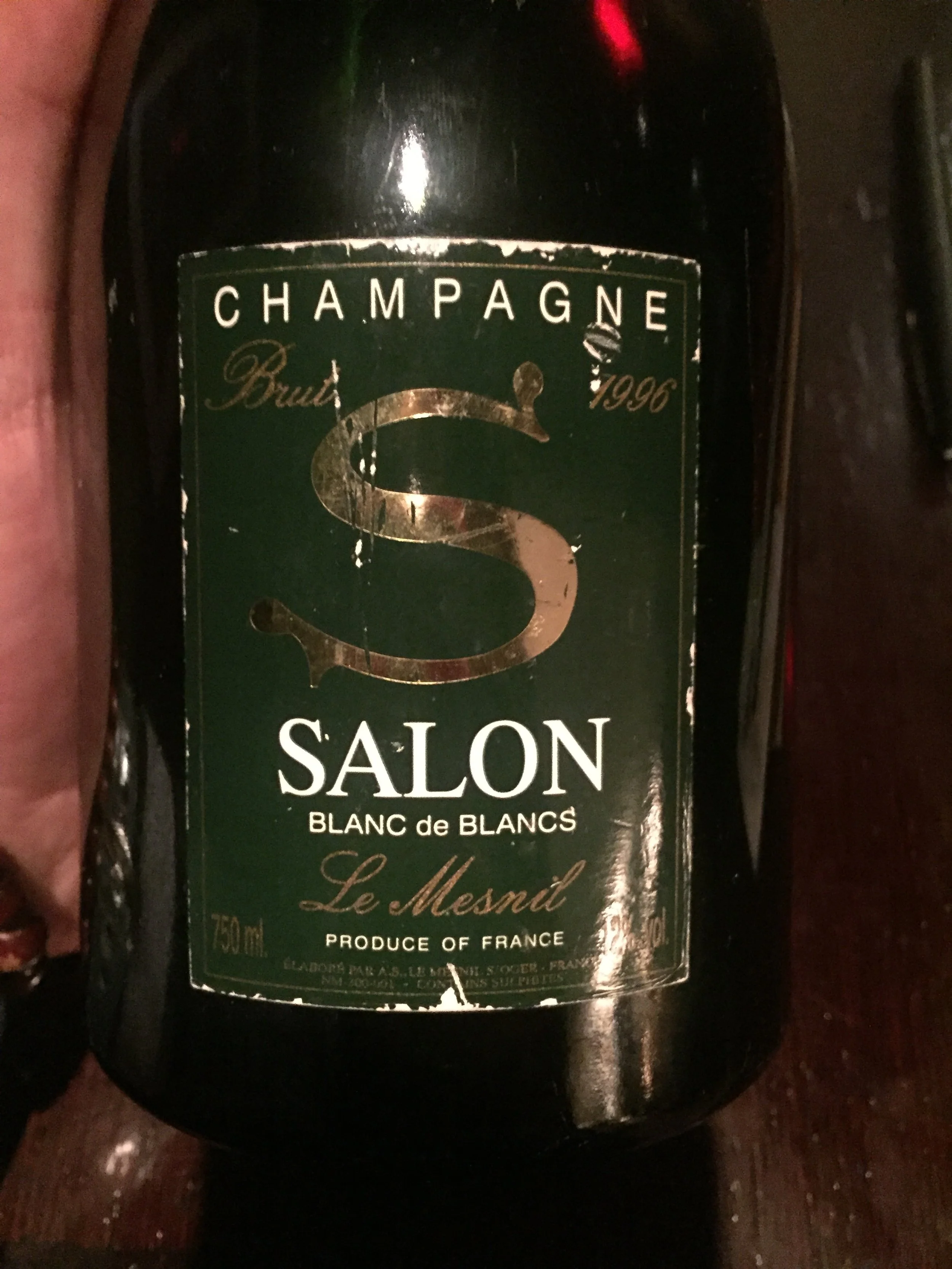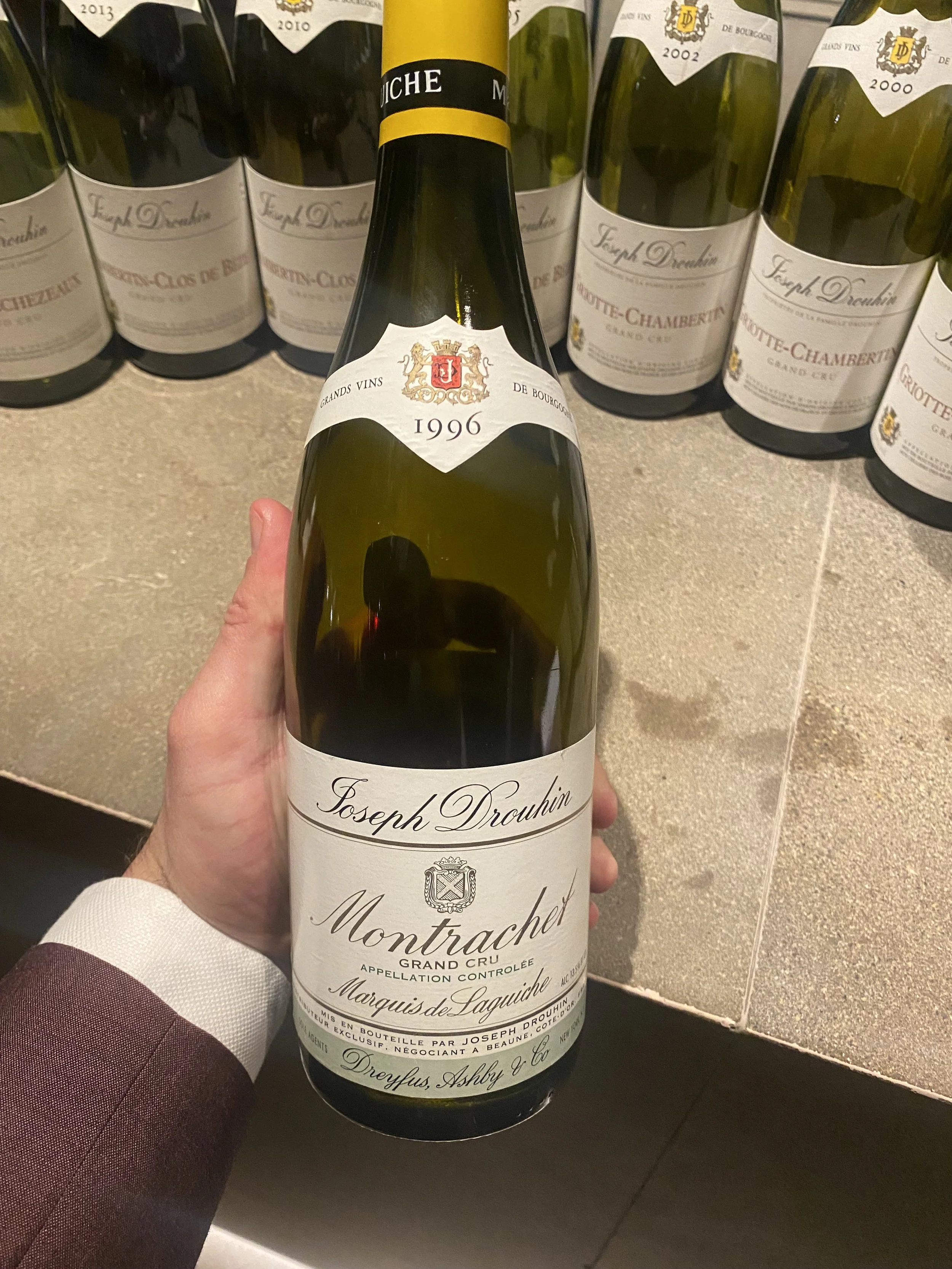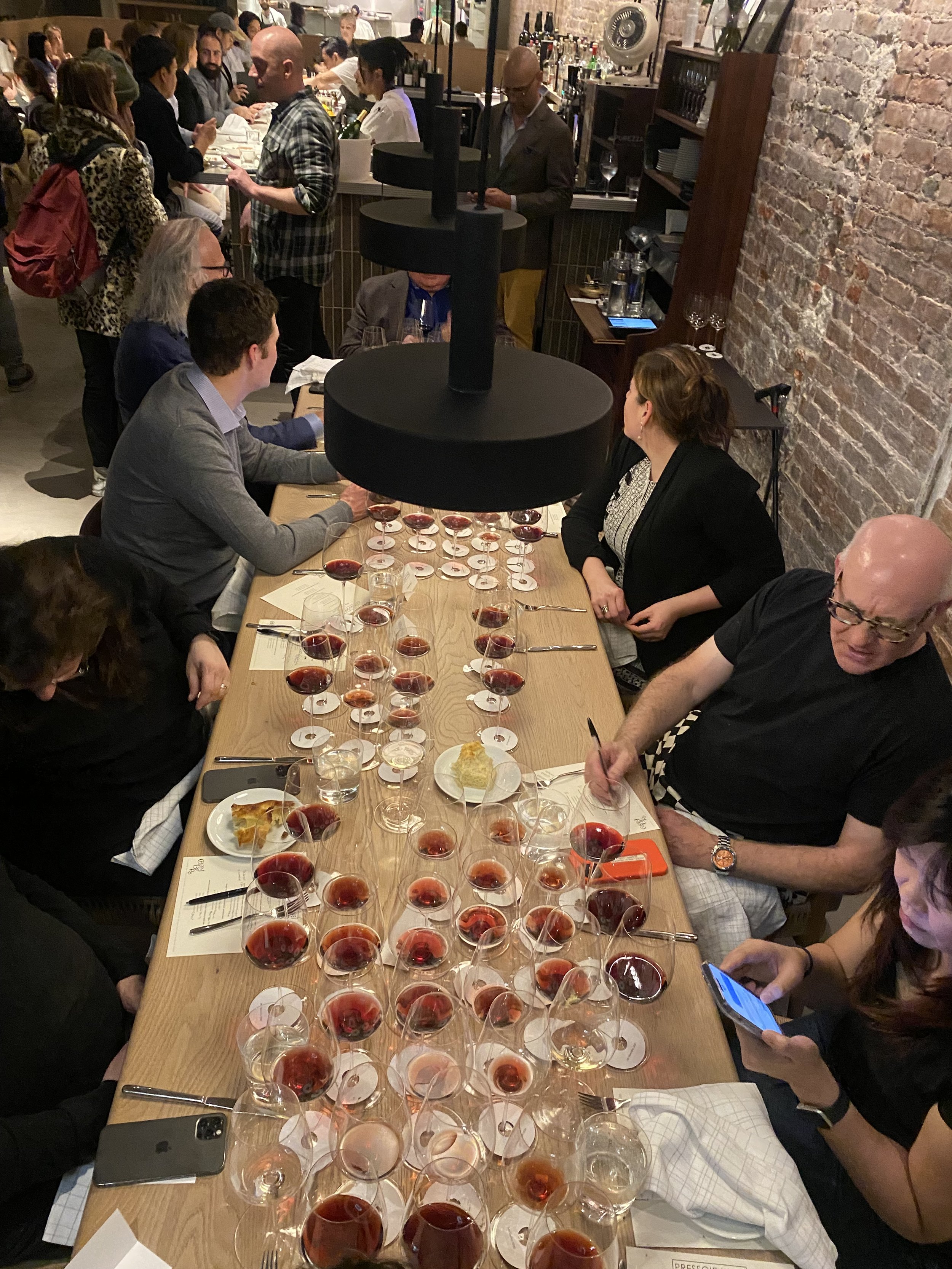1996 in champagne. what happened?
by Edouard Bourgeois
November 21, 2025
Ratings for 1996 often use words like "exceptional" and "grandiose," with some comparisons to 1928. What made 1996 objectively unique was the high average potential alcohol (10.3%) combined with high total acidity (10g/litre)—figures rarely seen together. As Charles Philipponnat noted, this is a significant jump from the 9.3% potential alcohol common forty years prior.
Acidity and potential alcohol work together for balance, but typically, when one is high, the other is low. In 1996, both figures were high. Bruno Paillard called it a 'naughty boy' vintage due to its unpredictable nature and the anxiety it caused producers while waiting for acidity levels to drop. However, the result for those with patience is "fantastic."
While acidity is key for aging, the true test is time. Over two decades later, the remaining 1996 bottles reveal which producers succeeded. The best examples are still complex and alluring, where the high acidity is balanced by a wide range of aromas, from brioche to stone fruit. Unfortunately, some other bottlings show only residual acidity, resulting in unbalanced and tart wines.
I recall opening a glorious bottle of 1996 Cristal for my son's birth seven years ago; the wine was still vibrant and charged.
Another fabulous example was made by Krug. As Olivier Krug said, "It’s a year where a good house or a good winemaker will make a good wine... It’s a tricky vintage." Other industry professionals have shared similar sentiments, noting that some vintners either opted out of making a vintage bottling or failed to achieve balance, resulting in wines that are already clumsy or tired.
The 1996 vintage often draws comparisons to its predecessor, 1995. These were the last two great Champagne vintages following the 1988, 1989, and 1990 trio. The 1996s are powerful wines; the best combine weight from ripeness with tension from acidity, providing the interest, complexity, and structure needed for long-term aging.
Interestingly, more houses released 1995 as a vintage Champagne than 1996, with a ratio of roughly 60% (1995) to 40% (1996).
Given its unpredictability, the safest bet for 1996 Champagne remains to go with producers you trust.
While looking for pictures of 1996 Champagne on my IPhone, I also found several other wines from various regions where the 1996 vintage truly shone, as seen in images below;jbgories
Recap - Pressoir.wine Dinner Chevillon
by Edouard Bourgeois
Friday, March 24, 2023
by Edouard Bourgeois
Friday, March 24, 2023
Domaine Chevillon has been around for quite a while. The family traces back its history in winemaking to the early 1900’s and the current fifth generation is led by brothers Bertrand and Denis, following the teachings of their father Robert who retired in 2003. As traditional as it gets, the winemaking is expertly managed. Despite a recent trend in the region where more and more domaines decide to include whole cluster in their fermentation process, at Chévillon grapes are fully destemmed. The result is a wine with deep color and an authentic Nuits-St-Georges with plenty of structure and black fruit. With age, Chevillon’s wines are stunning and the one thing that fascinates me about the style of the domaine is the rigorous consistency of the quality, one vintage after the other. As you will read below in the tasting notes recap, we decided to show both “easy” vintages and some more challenging ones. The consistency could be explained by the strict use of very old vines, usually around 50 years old but sometimes well into their 70s.
The first flight was a vertical of the Premier Cru Chaignots. Named after the oak trees (Chênes in French) that once grew there, the vineyard is located in the northern portion of the appellation, close to Vosne-Romanée. Typically fresh in style with good acidity, Chaignots was a great “opener”. 2017 was electric. Too young? Certainly. But so much pleasure. Tannins were present but refined and the acidity obviously still high. 2012, a more challenging vintage due to erratic weather patterns and mildew pressure, showed the expected concentration and tightness both on the nose and the palate. I found the wine to be quite tannic but certainly a good pairing with the first beet dish. Many guests I spoke to liked this 2012 and the one served after. Finally for this flight, the warm vintage 2009 surprised me. One should expect 2009 to express the hot weather patterns associated with that year and it was certainly a signature here but I would have liked a bit more balance and I found some “raisiny” notes plus a wine that showed more age than I had expected.
Moving on to the same trio of vintages, this time from the climat Roncières. Planted on a very steep slope at 20% incline, Roncières got its name from the gnarly bramble bushes that covered the area before Pinot Noir made its home there. The Chevillon work one hectare on this climat, located this time south of the village. The 2017 once again showed vibrant youth with more homogeneity than Chaignots. A great bottle. I couldn’t get past the distraction of a rather strong grapefruit rind flavor profile in the 2012. A pronounced bitterness marked the palate and lingered. 2012 might be in a bizarre phase right now. Again here I think the food pairing Pascaline and Chef Jonathan came up with was excellent. A perfectly cooked Arctic char was served with the Roncières flight. 2009 showed better than in the first flight. More balanced and the wine started to express black fruits and a suave texture.
The hanger steak was paired with an incredible vertical of “Cailles”. We took a leap back in time here with a beautiful trio, starting with a gorgeous 2010. With more acidity than in 2009, 2010 gave great results in Burgundy, especially in the Côte de Nuits. We just wish the quantity produced were higher. Cailles 2010 was in a lovely stage of its life. Impressive balance and real depth. Plenty of black cherry and just a hint of secondary aromas suggested a great evolution ahead of this wine. And then, 2003… This atypical vintage marked a new era in many European vineyards and the punishing heat waves that year gave birth to extreme wines. Even in Burgundy, one can be mistaken with a wine from the Rhône when tasting these powerful cuvées. The consistency I referred to above when it comes to Chevillon really came into play here as the 2003 Cailles remained charming. Sure the vintage style was present, with drying tannins and a bit of a short finish, but aromatics were pretty, suggesting roasted plum.
We closed the flight with arguably the wine of the night: Cailles 1990. The expectations were high but they were met. An overall blessed vintage for Burgundians, that is the year when Denis and Bertrand created the family company with their father Robert. The richness and power from 1990 was enhanced by the generous and joyful character of Cailles. Here the vines are almost 80 years old and planted on a clay-rich soil. The wine had irresistible sweetness and beautiful secondary notes of forest floor and underbrush while bursting with red fruit.
The last flight was built around the same last vintages (2010, 2003 and 1990) but from “Vaucrains” this time. Interestingly, “Vaucrains” comes from the French “vaux rien” literally meaning “worthless”. If the wine made there certainly is highly valuable, it is the land that was considered for a long time worth very little because nothing would grow. Steep and hard to work, it is also one of the few vineyards in Burgundy to be planted with a slight northern exposure. It is located just above the previous Cailles and next to the prestigious “Les Saint-Georges”, all of them once again in the southern portion of the appellation.
2010 seemed more closed than its cousin Cailles. The nose required oxygen but blossomed nicely after a while. I thought the 2003 showed even better than Cailles 2003, with less of the “‘03 hot style” and deep aromas of roasted fig and tar. Finally, the 1990 Vaucrains showed more austerity than Cailles. A touch dirty suggested the presence of TCA. It certainly didn’t perform as brilliantly as the Cailles 90.
Nuits St Georges and Chevillon
Nuits st Georges and Chevillon
by Edouard
3/16/23
Edouard Bourgeois
March 16, 2023
If each wine producing commune of the Côte d’Or is known to give wine its distinctive signature style, I have always thought that Nuits-St-Georges truly has an expression of its own. After Beaune, the unanimous wine capital of Burgundy, Nuits-St-Georges plays an important role in the region and covers over three hundred hectares of vines, with the vast majority planted with Pinot Noir. Its pivotal location in the heart of the Côte d’Or also helps strengthen its impact. In popular culture, Nuits-St-Georges was mentioned in “Voyage around the Moon” by Jules Verne and the story gets better when, in 1971, the Apollo XV team decided to honor the village by bringing a bottle of Nuits-St-Georges and left it in one the moon’s craters famously named “Crater St-Georges”.
Vineyards are planted both to the north of the village where the proximity of Vosne-Romanee is often believed to confer elegance and charm to the wines, and to the south of the village, towards Premeaux. This portion is where the most famous climat, Les St-Georges, which gave its name to the commune, is found.
A myriad of producers may be listed such as Domaine de l’Arlot, Jean-Jacques Confuron, the large house Faiveley, the historic Henri Gouges and of course we can’t forget to mention the unofficial sister of the Hospices de Beaune, the Hospices de Nuits, holding its own wine auction in March rather than in November.
But of course, here we want to speak particularly about my favorite producer in Nuits-St-Georges, Domaine Robert Chevillon. I guess what I like most in Chevillon’s wines is their consistency, no matter how rainy or challenging a vintage can be, the wines are always great. Furthermore, they’re delicious young and old. The fruit is black and succulent during the first decade in bottle but the patient drinker gets rewarded with a festival for the senses when tasting a wine from the 1990’s or older. Last year, I had the pleasure of visiting the domaine with Daniel and our host, Bertrand who, after tasting the entire range out of barrels, poured us a blind wine from a dusty bottle. It was a gorgeous bottle of Bousselots 2001, a vintage that is not particularly praised for its quality but showed wonderfully. More recently, during La Paulée in New York, I shared a glass of Vaucrains 1983 with Bertrand. This was a wine I have had the chance to taste during my sommelier years at restaurant Daniel and always an amazing experience.
The eight Premiers Crus proudly vinified by Bertrand and his brother Denis are completely de-stemmed and going over the winemaking process would be useless as it follows the most traditional methods everyone is familiar with. The wines are just like Bertrand Chevillon. Honest, generous, and full of life, without compromise.





